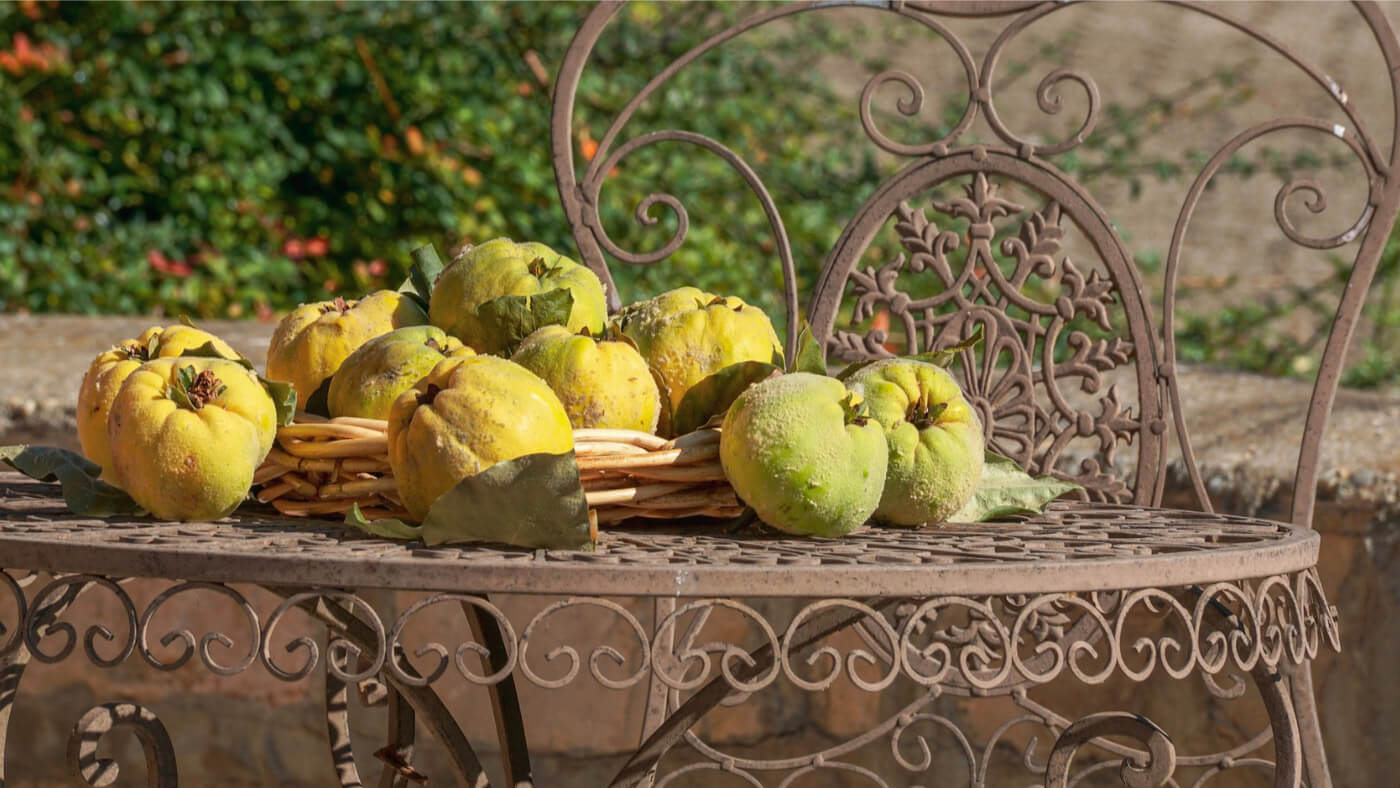| Common name(s): |
quince |
| Family: |
Rosaceae |
| Origin: |
Middle East, Europe, western Asia |
| Parts used: |
leaves, flowers, fruits |
| Constituents: |
vitamins (A, B, B1, B2, B3, C), phenolics, steroids, flavonoids, terpenoids, tannins, sugars, organic acids (caffeoylquinic, citric, malic, fumaric, quinic), glycosides, rutin, kaempferol, quercetin
|
| Therapeutic actions: |
vitamins (A, B, B1, B2, B3, C), phenolics, steroids, flavonoids, terpenoids, tannins, sugars, organic acids (caffeoylquinic, citric, malic, fumaric, quinic), glycosides, rutin, kaempferol, quercetin
|
| Organs or systems affected: |
antioxidant, antifungal, hypoglycemic, antidepressant, antidiarrheal, antibacterial, anti-inflammatory, diuretic, hepatoprotective, cardioprotective, hypolipidemic, astringent, antiseptic |
| Main medicinal uses: |
- has a cicatrizing effects on wounded skin
- treats diarrhea
- helps reduce effects of colds such as coughs or sore throat
- fights against intestinal colic and constipation
- protects the liver and the heart
|
| Counterindications: |
Generally considered safe to consume in normal daily amounts in food or herbal teas. Avoid consuming during pregnancy |



